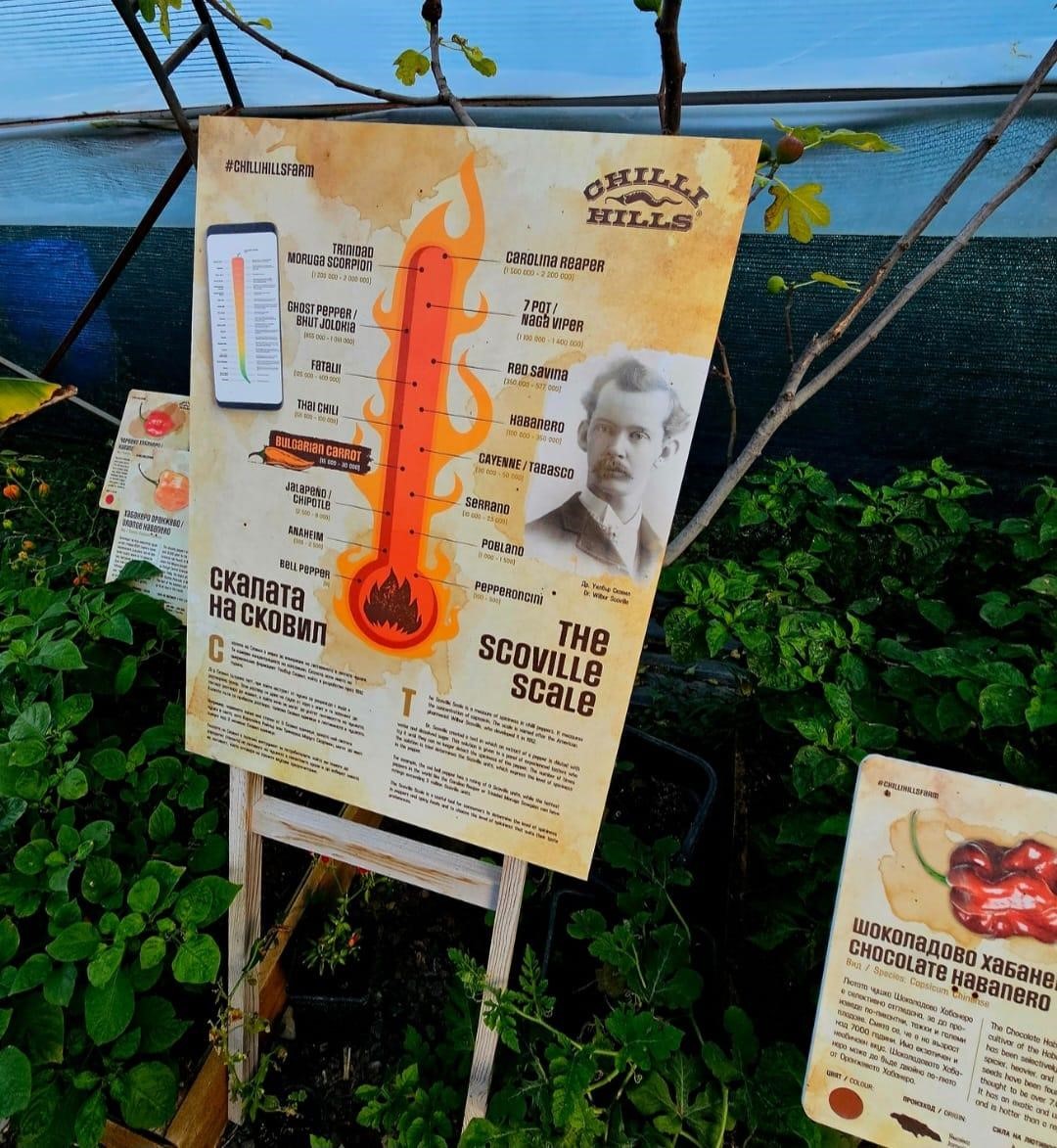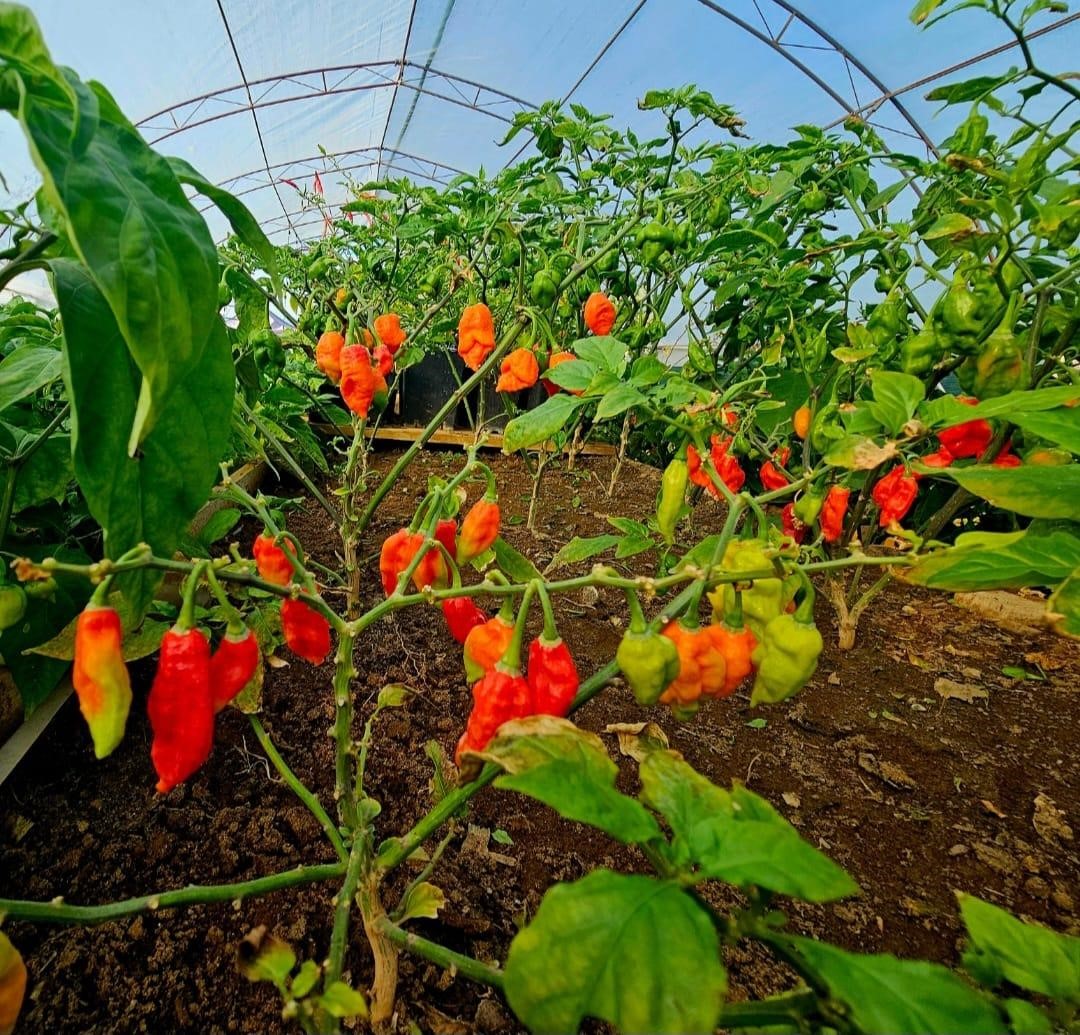
Wilbur Scoville
Wilbur Scoville might not be a household name unless you’re in the LEAGUE OF FIRE, but his contribution to culinary science has spiced up countless conversations! In 1912, this American pharmacist devised a method for measuring the pungency of chilli peppers, known today as the Scoville Heat Scale. The Scoville Scale has since become the go-to standard for anyone with a penchant for peppers or an interest in spicy foods, ranking everything from mild bell peppers to the searing 7 POT PRIMO! However, while the scale serves an important purpose, it also has its limitations. Let’s explore the man behind it, how the scale works, and some of its advantages and drawbacks.
Wilbur Scoville: The Man Behind the Scale
Wilbur Scoville was born in 1865 in Bridgeport, Connecticut. Trained as a pharmacist, Scoville worked for the American pharmaceutical company Parke-Davis when he developed his famous scale. His method, known as the “Scoville Organoleptic Test,” involved diluting an extract of a chilli pepper in sugar water. A panel of testers would taste the solution until they could no longer feel any heat, and the number of dilutions required determined the pepper’s Scoville Heat Unit (SHU). While the method seems quaint by today’s standards, Scoville’s approach was revolutionary for its time and laid the foundation for scientific measures of spiciness.

How the Scoville Scale Works
The Scoville Scale ranks chilli peppers and spicy foods based on their capsaicin content, the active compound responsible for heat. The higher the Scoville Heat Units (SHU), the spicier the pepper! For example, a Jalapeño pepper typically measures between 2,500 and 8,000 SHU, whereas the notorious 7 POT PRIMO clocked in at 1.79 million SHU! Capsaicin binds to pain receptors in our mouths, causing the familiar burning sensation, and the scale provides a way to gauge how intense that burn might be.
 Pros of the Scoville Heat Scale
Pros of the Scoville Heat Scale
- Guidance for Consumers: One of the scale’s main advantages is that it helps consumers choose foods that align with their heat tolerance. People who love spice can seek out higher-rated peppers, while those with a lower tolerance can avoid them.
- Standardisation for Industry: The Scoville Scale has enabled the food industry to develop products tailored to various heat levels. From mild salsas to fiery sauces, food manufacturers can label their products accurately, ensuring customer satisfaction.
- Educational Tool: The scale also serves as a useful educational tool, helping people understand how capsaicin works and introducing them to different chilli varieties and flavours, from the sweet heat of mild peppers to the intense burn of super-hots.
Cons of the Scoville Heat Scale
- Subjectivity: Scoville’s original method relied on human taste testers, which introduced a significant degree of subjectivity. Everyone’s tolerance for capsaicin is different, so what might be unbearably hot for one person could be manageable for another.
- Not Entirely Scientific: Even though modern methods now measure capsaicin content more precisely, Scoville’s original test was far from scientific by today’s standards. High-performance liquid chromatography (HPLC) is often used now for more accurate measurements, though Scoville ratings remain widely recognised.
- Inconsistent Results: The scale sometimes gives inconsistent results between similar peppers, as factors like growth conditions, ripeness, and even the season can affect a pepper’s heat level.
 Conclusion
Conclusion
The Scoville Heat Scale remains a respected measure of spice, providing an accessible guide for consumers and spice aficionados. While it’s not without its flaws, Wilbur Scoville’s work paved the way for more scientific approaches and enhanced the public’s appreciation for chilli peppers. Next time you bite into a spicy snack, you might find yourself thinking of Scoville and his ground-breaking method – a perfect example of how even simple ideas can have a lasting impact.


